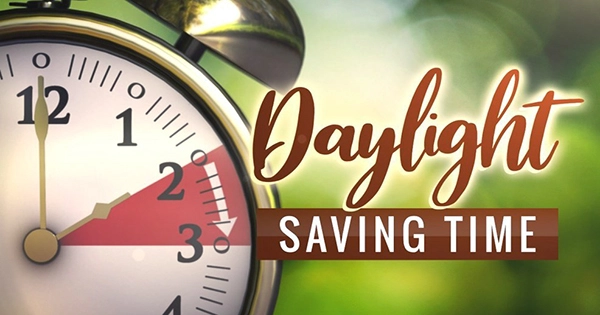When does Daylight Saving Time begin, and, more importantly, what is the point of it nowadays? We will cover all you need to know about the bi-annual time change, including why it is still practiced in many (but not all) countries. It has nothing to do with farmers, as you may have guessed. In the United States, daylight saving time 2022 will begin at 2:00 a.m. on Sunday, March 13, with the clock, advanced one hour. It begins on the second Sunday in March and finishes on the first Sunday in November every year.
To add to the confusion for all trans-Atlantic firms, the United Kingdom follows a distinct timetable. Their equivalent, “British Summer Time,” begins on the last Sunday in March at 1:00 a.m. and ends on the last Sunday in October at 2:00 a.m. That means the clocks will advance on Sunday, March 27, and fall back on Sunday, October 30 in 2022. Every EU country follows the same timetable as the United Kingdom, changing their clocks on the last Sunday in March and October.
The phrase “spring ahead, fall back” is a simple method to remember which direction the clock will go in the spring and fall. In the spring, the clocks pushed forward from 2:00 am to 3:00 am, whereas, in the fall, they moved back from 2:00 am to 1:00 am. However, Daylight Saving Time is not observed in all countries, and many have abandoned the practice in recent decades. Only 70 countries observe daylight saving time, most of which are in North America and Europe, as well as sections of Australia, New Zealand, and a few South American countries. Most countries near the equator do not bother because seasonal daylight varies little throughout the year.
One of the main arguments for DST is that it results in lighter mornings in the autumn and winter when daylight hours are short, as well as “longer” nights in the spring and summer when daylight hours are plentiful. These are, arguably, the periods when daylight is most useful to people: in the summer, you can enjoy wonderful long evenings, and in the winter, it is not quite as dark when you wake up. One of the primary justifications for daylight saving was to save energy by lowering the need for individuals to turn on their lights in the mornings and evenings during the winter and summer.
The strategy was reported having been first implemented during the First World War in order to save candles and coal for the war effort in the United Kingdom and Germany. The United States rapidly followed suit, enacting a law in March 1918, believing that it was a good way to conserve energy and resources. However, no substantial data has ever been shown to suggest that Daylight Saving Time saves energy. According to some studies, it may save a small amount of electricity for lighting, but it tends to increase the amount of electricity used for heating and cooling.
Other studies concerning Daylight Saving Time’s energy-saving potential have been divided, but it’s widely considered to be difficult to assess because of discrepancies in study methodology, changes in energy demand over time, and changing lifestyles. You may have heard that farmers supported DST because it gave them additional daylight hours to work in the morning, but this is fiction. In actuality, many farmers despised the implementation of these new laws because it meant they would have less time in the morning to transport their crops to market.
















